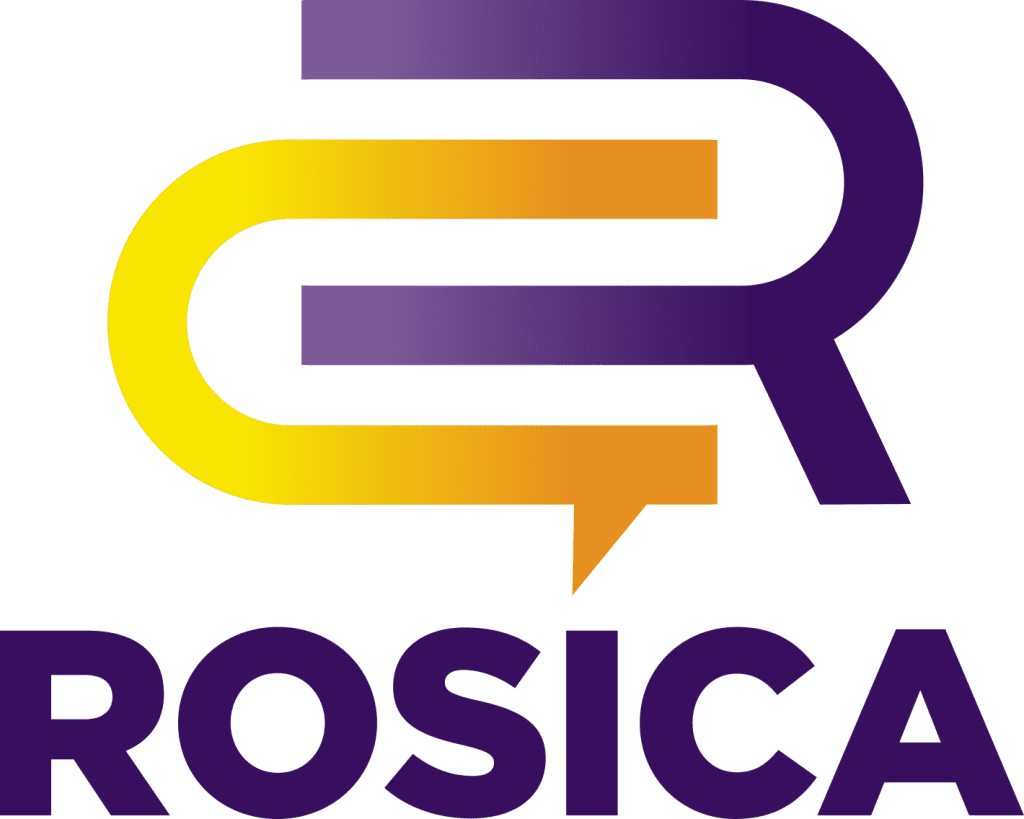In the wake of ongoing federal policy changes and budget cuts, nonprofits serving vulnerable populations are facing unprecedented threats. While addressing the national deficit is vitally important, some cuts are bound to have an adverse effect on urban and rural communities alike – like recent cuts in funding for programs that provide critical mental health and addiction services.
If you are a federally funded nonprofit working to help change lives for the better, including those that help people become self-sufficient, productive members of society, you likely need assistance with advocacy, financial support, marketing communications, and strategic planning. Therefore, we wrote this article and are planning our soon-to-be-scheduled (free) webinar for you.
In the wake of recent funding cuts, here are some strategic actions you can take.
Tip #1: Create an “Advocates Board”
While most nonprofits have a board of directors, an advisory board, and/or committees designed to help the organization achieve its goals, consider establishing a separate “Advocates Board,” to boost in visibility and influence. This group should consist of highly connected individuals capable of rallying support and amplifying your voice among the stakeholders who matter most.
It is important to let these individuals know that you are not seeking their financial assistance, but rather the critical need to leverage advocates’ business, nonprofit (i.e., foundation), and political relationships and know-how. Stress the urgent nature of this board and that they’ll be on an advisory board with other prominent, influential community members due to recent cuts by the new administration that are impacting programs already being executed.
An Advocates Board can leverage their influence and relationships with state and local elected officials, community leaders, private and public foundations with aligned missions, and high-net-worth individuals, including known philanthropists who are passionate about the cause. Their weight and guidance can open doors that would otherwise remain closed.
Tip #2: Maximize Google Grant Outcomes
Maximize your organization’s online presence and determine whether you are eligible for Google Grants. This program can promote your services and engage supporters and volunteers. Google Grants provide up to $10,000 per month in free advertising for most nonprofits, allowing users to create targeted ad campaigns that drive traffic to their websites.
Through Google Grants, a not-for-profit can bid on strategic search terms and serve up optimized ads that appear in search engine results, driving people and companies to relevant landing pages on your website. Certain campaign performance criteria must be achieved, ongoing, to remain eligible, so it’s important that someone (or an agency) experienced in placing Google Ads manage these campaigns. It is also important to develop a comprehensive strategy for converting website visitors into supporters. Collaborating with a Google Grants expert can make or break the impact created through online advertising grants. This comparably small investment – e.g., $1,000 per month versus an expert’s fee of $1,000 plus $10k in online ad – can pay significant dividends. If needed, Rosica can recommend a trusted partner for this mission-critical work.
Tip #3: Utilize AI for Grant Research & Writing
It is also critical to research more grants that are available through foundations and local state government, which can now be enhanced through artificial intelligence (AI). AI can be a game-changer for nonprofits looking to secure funding.
With AI tools capable of assisting in grant writing, nonprofits can submit 10, even 20 times the number of applications they currently submit and manage. This boost in productivity can lead to more dollars being secured and increased funding opportunities. Additionally, AI can help research more grant opportunities and provide valuable insights for tailoring proposals. Integrating AI into your workflow can save time and enhance your chances of success.
Several AI-powered tools can help nonprofits streamline their grant-seeking efforts. Instrumentl and GrantStation use AI to identify funding opportunities that align with specific not-for-profit missions or causes, saving organizations hours of research. For grant writing, tools like Grammarly, Writesonic, and ChatGPT can help draft compelling proposals, refine language, and ensure applications meet funder requirements. Meanwhile, Grantable is specifically designed for nonprofits, using AI to generate strong grant narratives based on past implications that were successful. By leveraging these and other tools, nonprofits can maximize efficiency, improve the quality of their proposals, and increase their chances of securing critical funding.
Tip #4: Grow Social Media Engagement Among Like-minded Individuals, Groups, Nonprofits & Companies
Social media is a powerful tool for connecting with advocates, donors, partners, elected officials, and volunteers. Tailor your approach based on the demographic you’re trying to reach. For older audiences, platforms like LinkedIn and Facebook are essential. Meanwhile, younger demographics are more effectively engaged through Instagram and YouTube. Regular updates, compelling storytelling, and clear calls to action can help build and activate potential, new stakeholders/supporters. Consider hosting live Q&A sessions, sharing behind-the-scenes content, and highlighting success stories tailored to specific audiences. Additionally, it is important to stay informed on social media trends and understand how to create content based on what’s getting the most attention in the social media universe.
Tip #5: Try Going “Old School”
In a time of digital overload, it’s easy to assume that email and social media are the best ways to reach stakeholders and supporters. Our inboxes, however, are flooded and Zoom fatigue is real. Now more than ever, nonprofits need to embrace a fresh, more personal, and direct approach to engagement. It’s at the heart of the adage, “What’s old is new again.”
Instead of relying solely on email marketing and social media, pick up the phone. A direct call can make all the difference when trying to mobilize advocates and supporters to secure support build lasting relationships. People appreciate the effort of a real conversation, especially in times of crisis when personal connections (and in-person meetings) matter.
Another way to break through the digital noise? Host a “friend-raiser”—a small, in-person gathering at the home of an advocate or board member. These events create a space for genuine conversations, allowing people to hear firsthand from someone directly impacted/helped by the cause. Personal storytelling fosters deeper engagement, making attendees more likely to take action.
By going back to these tried-and-true methods, nonprofits can cut through the noise, foster stronger relationships, and ensure those in need get the help required to lead happy and successful lives. Sometimes, the best way forward is to look to the past because history tends to repeat itself.
Conclusion
Nonprofits are now faced with even more challenges, but community relations, strategic communications, digital marketing, and PR can help ensure their diversification and resilience. By building a strong Advocates Board, utilizing AI and Google Grants, and growing engagement on social media channels, nonprofits can elevate their perceived relevance, visibility, and communications, despite the challenges that lie ahead. The work you’re doing is essential—don’t let it go unnoticed and grow your support so the people that matter most know your group is indispensable. Rosica Communications, a national nonprofit PR agency with offices in Burlington, VT and Fair Lawn, NJ is here to assist you and answer any questions you have to help perpetuate the impact you make.
Note: At our upcoming webinar, we will be offering even more strategies and recommendations to help nonprofits through this challenging time.
About Rosica Communications
A national PR firm solely dedicated to working with mission-driven organizations, Rosica Communications has a long-standing commitment to supporting the nonprofit community.
To schedule a call with Chris Rosica, visit the following link: https://calendly.com/rosica/30min.

